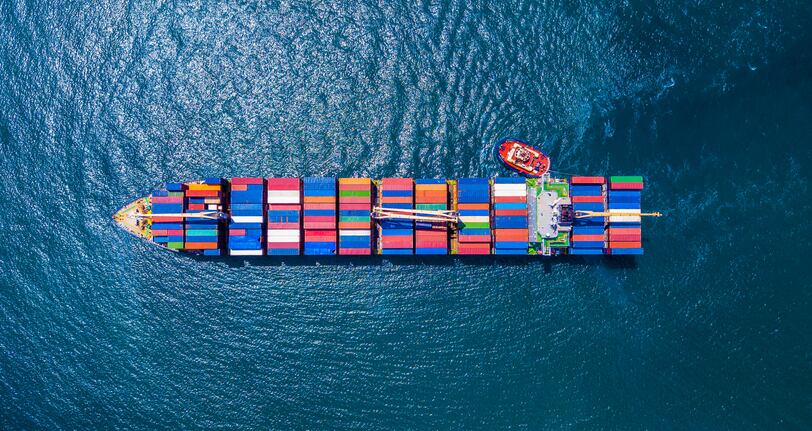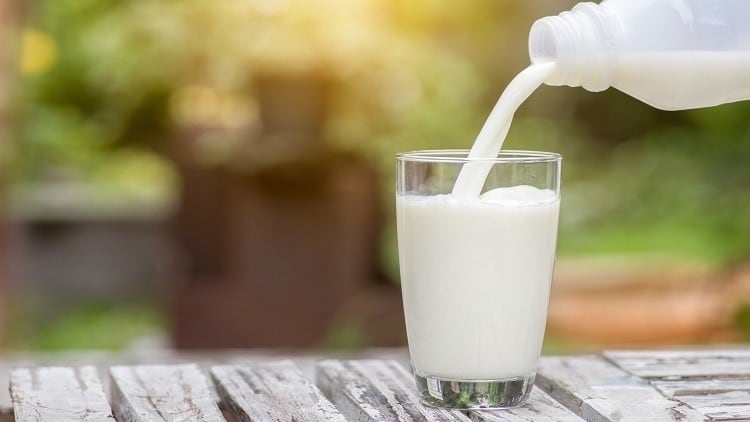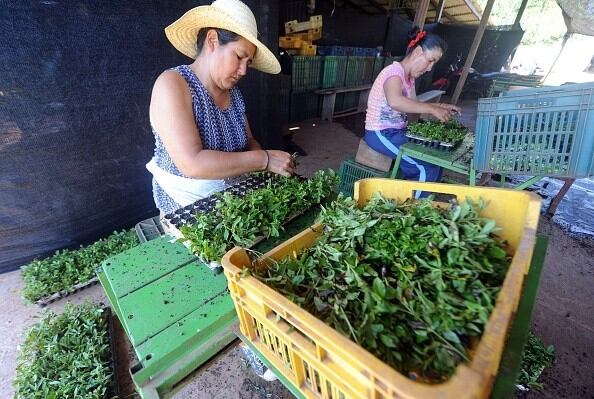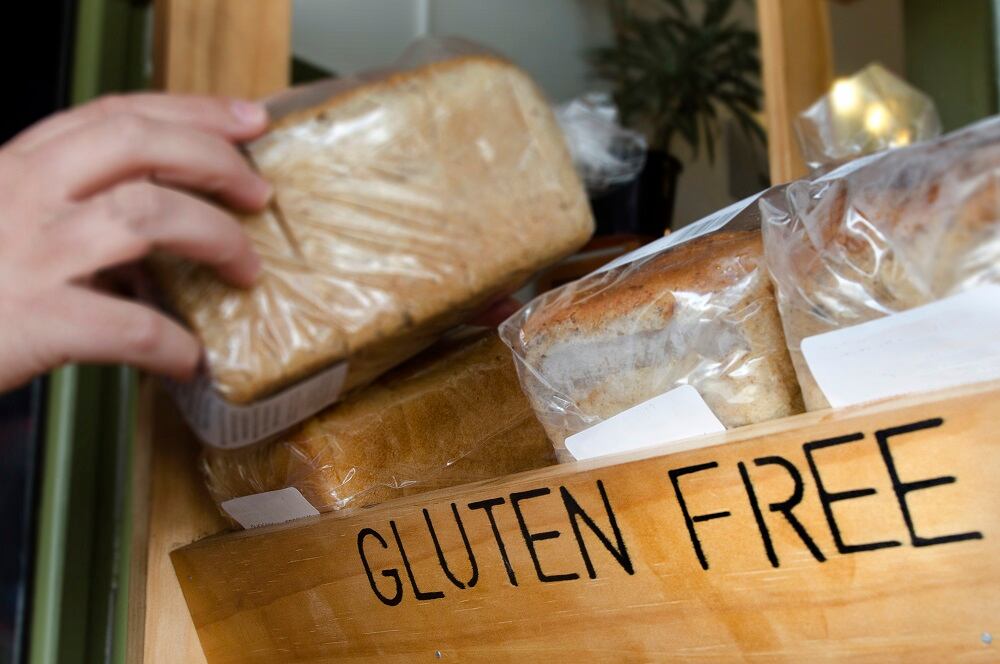For many small US brands, exporting to Latin America is not seen as a core business strategy. However, companies that take this approach are missing out on big potential opportunities, according to Robert Hoffman, a US national who has been based in Puerto Rico for over 30 years and founded US-LATAM distributor Homera in 2003.
Today, Homera counts 10 brands in its portfolio including Amy’s, Nature’s Path, and Lundberg, targeting the Caribbean and Spanish-speaking Latin America.
“The region has tremendous potential. Although Latin America tends to be somewhat volatile – for example, what has happened recently in Chile, Colombia and Ecuador – but all in all, it’s a good opportunity for US brands. Latin American consumers like US brands as they see them as aspirational,” Hoffman told FoodNavigator-LATAM.
‘A distributor is your eyes and ears on the ground’
He said that finding the right export distributor is crucial because it will play a very different role to that of a national distributor.
“The distributor is the eyes and ears of the brand for that particular market so it’s very important to know if there is a true commitment to really work on the brand. Usually, distributors play a big role because they are the ones who do the in-store service and merchandizing. They are the people the retailers go to for category research suggestions.
“If you don’t do your homework before jumping in, it can be painful – both costly and timely - to get out of a distribution agreement,” he added.According to Hoffman, there is an industry saying: ‘Choose your distributer but don’t let them choose you.’
However, Homera is also careful about what kind of brands it chooses to work with.“We like to work with companies we feel have the opportunity to make a difference to a particular category,” he said.
One of Homera’s brands, for instance, is Safe Catch tuna, which checks all its products for mercury levels to ensure they are compliant with maximum levels. “Tuna has fallen as a category because of mercury concerns but this brand alleviates those fears and so we feel it’s worth our while to work with them.”
Finding the right price
Although the price sensitivity of Latin American countries can be challenging, there is a growing demand for health and wellness food products.
“People have the same concerns about what they are eating as the US consumer. If a product is within an acceptable price range, consumers will try them. You need to make your product available where people have an interest in or the means to buy them. It’s a very targeted approach.”
In general, Homera does not recommend making price sacrifices at the start of a launch. “We are cautious about discounting because price changes afterwards are harder to accomplish. A lot of the time, just discounting a little bit doesn’t make a difference to the consumer and it’s not healthy for brands to discount too much."
If a manufacturer has promotional funds available to kickstart a launch, Homera recommends investing it into sampling or advertising.
Choosing the right market for your product
According to Hoffman, some countries in Latin America are easier than others to crack into. From a logistics point of view, a US brand may wish to target Mexico or the Caribbean rather than Argentina as shipping costs will be lower. Consumers in these countries are also used to seeing US products on the shelves, he added.
National regulations may also impact a brand’s decision. Chile, for instance, has warning style nutrition labels that must be added to the front of a pack if sugar, salt or saturated fat content is high while Panama has recently introduced a tax on sugar-sweetened drinks.
Meanwhile, Costa Rica, Colombia and Chile have relatively strict procedures that must be followed regarding certificates of sale, country of origin labeling or processing flow charts.
Take a long-term approach
A final piece of advice is to take a long-term approach. Becoming established in a foreign market does not happen instantly.
“You have to be patient. It takes time to get started and if your timeline is less than a year, you’re going to be disappointed. Returns on investment depend on the market but you should expect no less than nine to 12 months from starting to getting a first order.”




